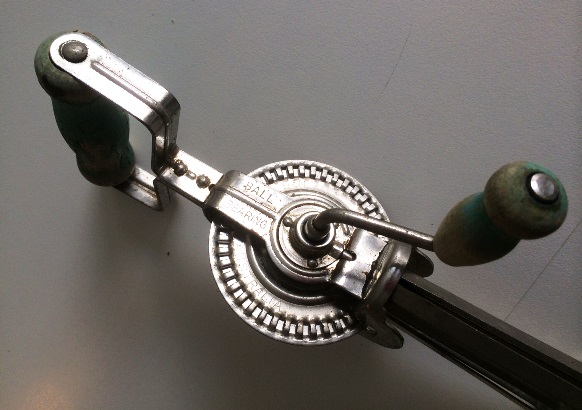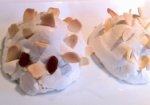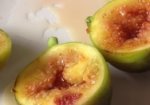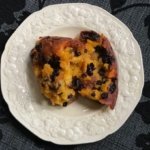We’re all aware of food fads and trends, especially these days on our quest for anything new, different or with newly identified health attributes (hello kale!). But sometimes food trends are the result of changing technologies, enabling a particular dish or cooking technique to be widely accessed rather than be reserved for restaurants with commercial equipment, trained chefs or a fleet of kitchen hands (or servants as the case may have been in centuries past).
Upbeat!
Keeping in mind the time it took to hand whisk egg whites, American scholar Anne Yentsch notes a change in the domestic baking repertoire with the arrival of ‘modern’ technologies including the domestic gas oven with controllable temperatures, and – wait for it! – the rotary beater!
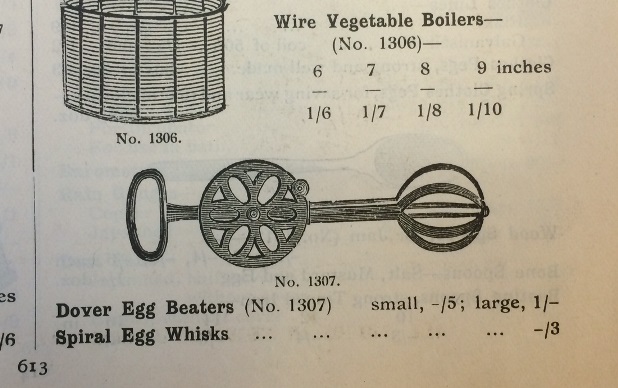
Dover egg beater from Anthony Hordern and Sons’ household catalogue, Anthony Hordern & Sons, Sydney, July 1914
Snowy peaks abound
Combined, these culinary revelations allowed housewives to create larger scale meringue cakes (pavlova) and meringue-topped pies – the lemon meringue pie probably the only true survivor. Meringue toppings for cakes are not uncommon in the nineteenth-century cookbooks, and evident in the Rouse family recipe for butterscotch pudding.
Like many of the old fashioned dessert recipes, it makes good use of ingredients that are regularly at hand, and responsibly uses both the egg yolk and whites in the one dish, each maximising its alchemic qualities.
Butterscotch pudding
Ingredients
- 1 cup brown sugar, loosely packed
- 2 tablespoons flour
- 2 eggs, separated
- 2 cups milk
- 1 pinch salt, optional, to taste
- 1 teaspoon vanilla extract
- 1/2 cup caster sugar
Note
This recipe is from the Rouse family’s collection of manuscript recipes, the majority from unspecified friends or family members across several generations. The recipe is written in ink on lined notepaper, so probably dates to the early to mid-1900s.
The pudding can be served warm or cold; it is lightly textured but rich and sweet – the butterscotch has a rich custard-like quality rather than setting firm like a pie. The pinch of salt is my addition as the pudding is very sweet, and the trend for salted caramel applies itself well for the butterscotch, so go according to your taste.
Directions
| Preheat oven to 180°C. Grease with butter a 16-cm pie dish, or 4 individual 250ml souffle dishes or ramekins. Bring a medium saucepan half filled with water to the boil. Combine brown sugar, flour, beaten egg yolks, milk and vanilla in a heatproof mixing bowl that will fit over the saucepan without touching the water. Place the bowl over the saucepan and mix with a wire whisk until the mixture starts to simmer and thicken (about 5 minutes). Add the butter and stir as it melts and is incorporated into the mixture. Spoon into greased dish or dishes and set aside while you make the meringue topping. | |
| Using a clean bowl, whisk the egg whites until soft peaks form, adding caster sugar little at a time until very thick and glossy and stiff peaks hold their form. Spoon over the butterscotch layer and place in the oven, reduce heat to 150°C for about 15 minutes and the tips start to colour. Remove from oven and allow to cool slightly before serving, or chill and serve cold. It is probably best spooned from the dish in true pudding style, rather than sliced, as the butterscotch layer remains fairly soft. | |
Reference and further reading
Anne Yentsch. ‘Lessons from archaeology and anthropology for New England cookbooks: pies and puddings’. 2012.
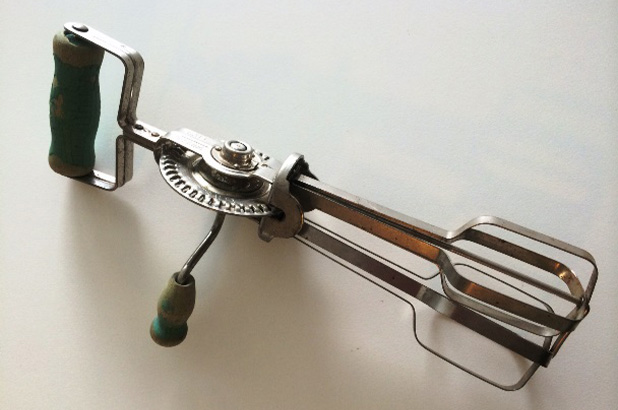
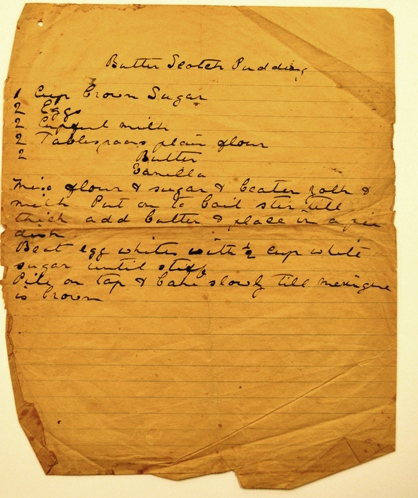
 Print recipe
Print recipe